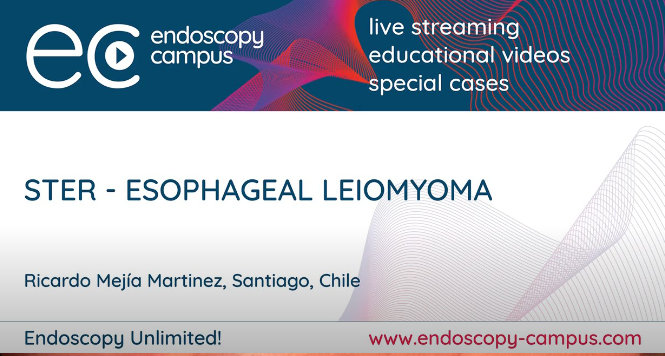Prateek Sharma, MD, FASGE, reviewing Hussein M, et al. Gastrointest Endosc 2022 Nov 29.
Barrett’s esophagus (BE)-related neoplasia is frequently missed during upper endoscopy, and characterization of mucosal changes may help in its detection. The primary aim of this study was to produce a computer-aided system that is able to diagnose and characterize BE-related neoplasia in Barrett’s esophagus from endoscopic imaging.
This study evaluated the computer-aided detection (CAD) system through still images, short frame sequences, and videos. Videos were collected through 4 European centers and included a total of 57 patients (34 with neoplastic BE, 23 without neoplasia).
When testing neoplasia characterization with still images (350), the CAD system had a per-frame accuracy of 91%, sensitivity of 94%, specificity of 86%, and area under the curve (AUC) of 96%. When tested on videos, the accuracy was 89%, sensitivity was 92%, specificity was 82%, and AUC was 95%. The mean assessment speed per frame was 0.0135 seconds (standard deviation, +/-0.006).

COMMENTThe overall high accuracy, sensitivity, and specificity of the CAD system for characterizing BE neoplasia using still images and videos are encouraging. The application of artificial intelligence for the detection and characterization of neoplasia in patients with BE appears to be a promising reality.
Note to readers: At the time we reviewed this paper, its publisher noted that it was not in final form and that subsequent changes might be made.
CITATION(S)
Hussein M, Lines D, Puyal JG, et al. Computer aided characterization of early cancer in Barrett’s esophagus on i-scan magnification imaging – multicenter international study. Gastrointest Endosc 2022 Nov 29. (Epub ahead of print) (https://doi.org/10.1016/j.gie.2022.11.020)


